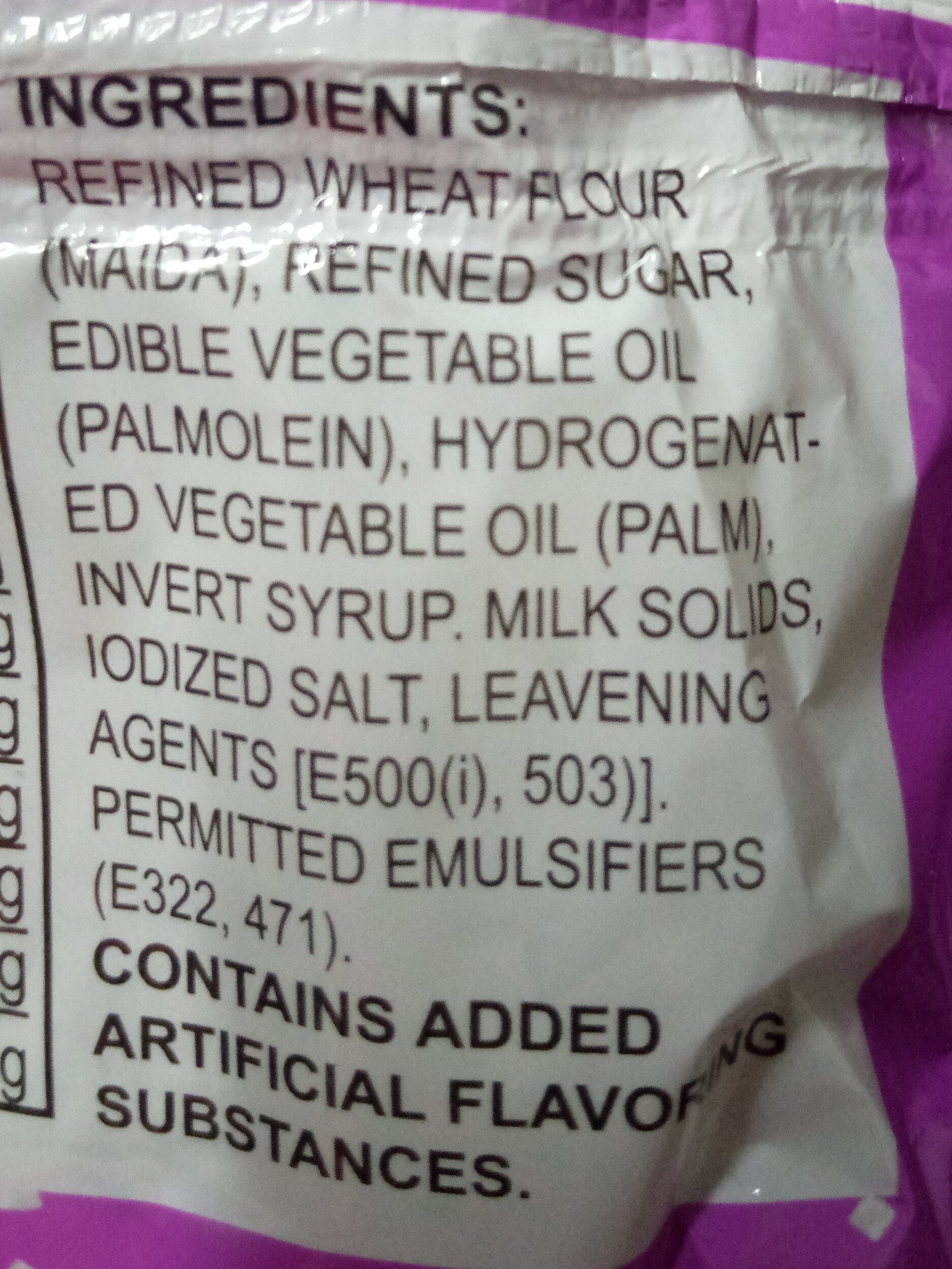Desi Bytes Biscuit - 140g
This product page is not complete. You can help to complete it by editing it and adding more data from the photos we have, or by taking more photos using the app for Android or iPhone/iPad. Thank you!
×
Barcode: 8904270006422 (EAN / EAN-13)
Quantity: 140g
Packaging: Sunder Biscuit Industries
Origin of ingredients: India
Manufacturing or processing places: K.H. No.152. Nanda Khoradi. Nagpur 441111 (M.H)
Stores: Gift Point Deira Dubai
Countries where sold: United Arab Emirates
Matching with your preferences
Environment
Packaging
Transportation
Threatened species
Report a problem
Data sources
Product added on by foodless
Last edit of product page on by .
Product page also edited by halal-app-chakib, openfoodfacts-contributors.
If the data is incomplete or incorrect, you can complete or correct it by editing this page.








